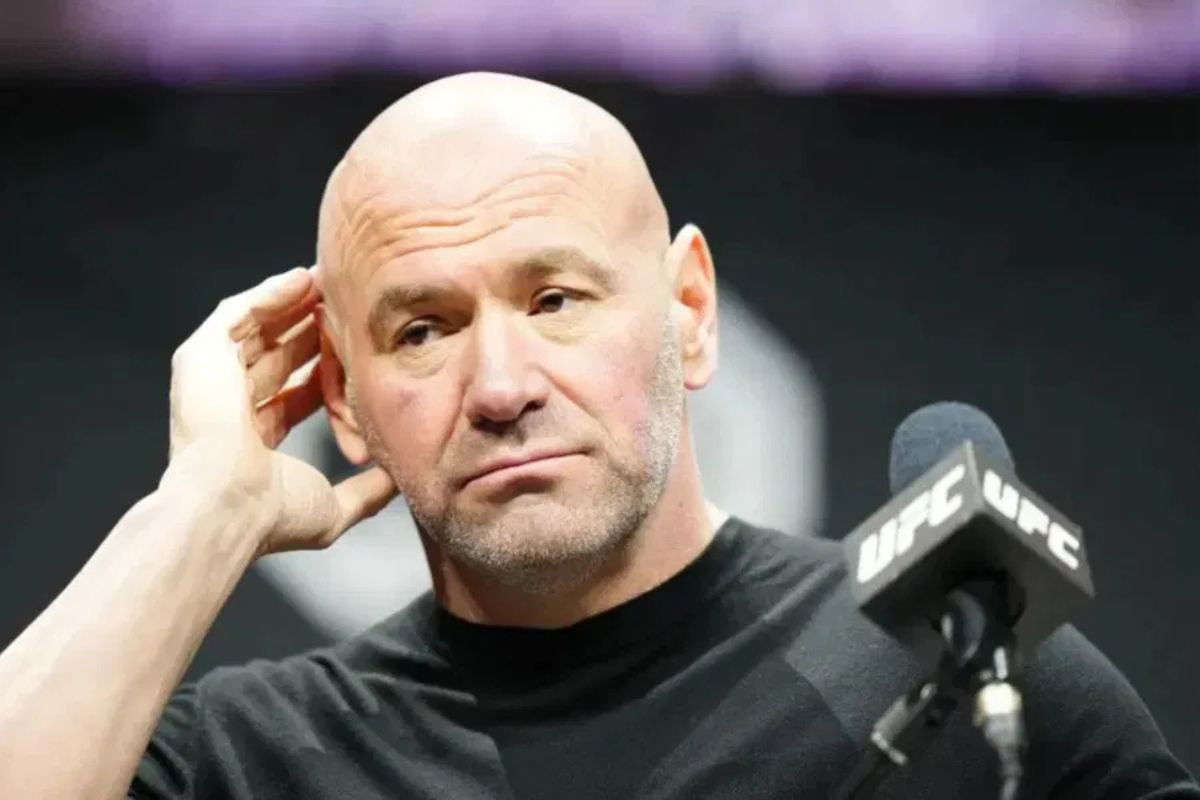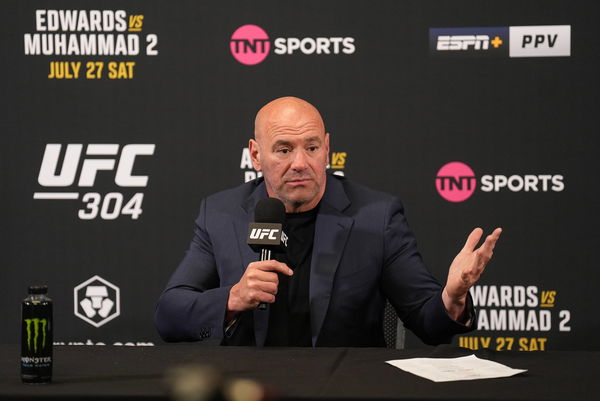
Imago
Credits: IMAGO

Imago
Credits: IMAGO
For years, fans have heard rumblings about a major lawsuit against the UFC, but by 2025, the subject has officially taken center stage. A federal court’s decision to grant class certification has reignited interest in the antitrust case that has the potential to shake the foundations of mixed martial arts. The backlash has already begun, with fighter salaries made public and fresh cases piling up.
Watch What’s Trending Now!
This is no longer just a legal dispute between a few retired athletes and the Dana White-led promotion. With over a thousand fighters now eligible to fight, the stakes for the promotion—and the future of athlete rights in MMA—are higher than ever. But how did we get here, and what’s next? Without further ado, let’s find out!
ADVERTISEMENT
UFC class action lawsuit history and background
The UFC antitrust lawsuit began in December 2014, when six former fighters—Cung Le, Jon Fitch, Nate Quarry, Brandon Vera, Kyle Kingsbury, and Luis Javier Vazquez—filed suit against Zuffa LLC, the business that owns the UFC. Their claim? The UFC broke US antitrust laws by using unfair techniques to monopolize the MMA business, causing financial harm to fighters in the process.
They claimed that the promotion established a “monopsony”—a market in which there is only one primary buyer of fighters’ services, giving the UFC excessive control over athlete pay and career options. This case, known as Le v. Zuffa, proceeded slowly through the courts over the next few years.
However, things changed in 2023, when a court certified the claim as a class action. This ruling paved the way for thousands more fighters who competed in the UFC between December 16, 2010, and June 30, 2017, to join the action and seek compensation. The stakes have risen considerably since, under antitrust law, fines can be tripled, putting the UFC at risk of paying billions.
ADVERTISEMENT
View this post on Instagram
What really caught people’s attention was the court’s decision to release fighter salary information, which Dana White and the UFC had previously kept private. These figures gave fans a better sense of how much (or how little) fighters were earning during that time period, adding fuel to the ongoing argument regarding fair compensation in the sport.
ADVERTISEMENT
Who started the UFC Class Action Lawsuit? How many fighters are a part of it?
The original plaintiffs—Le, Fitch, Quarry, and others—were longtime UFC fighters who claimed they were coerced into unjust contracts with little choice outside the promotion. They said that the UFC maintained its supremacy by locking fighters into long-term deals, making it practically impossible to test free agency or compete elsewhere.
Now that the lawsuit has been granted class certification, the number of possible plaintiffs has grown significantly. More than 1,200 present and past fighters are eligible to join the case. While the majority have yet to come forward publicly, many are anticipated to do so soon. This collective action puts great pressure on the UFC to either defend itself in a really long legal battle or settle before a jury decides its fate.
ADVERTISEMENT
The class certification also means that fighters don’t have to file individual lawsuits to take part; they are automatically included unless they opt out. For many, this is a unique opportunity to hold one of sports’ most powerful organizations accountable for years of alleged unfair behavior.
Two new fighters file fresh antitrust suits
As if the original lawsuit wasn’t enough, two new cases were brought in May 2024, each with a unique approach but the same goal: to challenge the UFC’s market domination. The first case came from retired UFC fighter Misha Cirkunov. His complaint focuses on athletes who were excluded from the earlier class because their UFC contracts demanded arbitration or waived class-action rights.
ADVERTISEMENT
Cirkunov’s team is now specifically attacking those clauses, claiming they are illegal and should be removed. If they win, hundreds more fighters may be entitled to sue the UFC, widening the scope and risk to the corporation even more.
Then, on May 29, Phil Davis, a former UFC title contender now fighting for the PFL, filed another antitrust class action. His situation stands out since he is not seeking financial compensation. Instead, Davis is seeking injunctive relief, which would require the UFC to modify its contract structure.

Imago
UFC CEO DANA WHITE with post event media during the UFC 304 event at Co-op Etihad Campus, SportCity, Manchester, England on the 27 July 2024. Copyright: xAndyxRowlandx PMI-6350-0002
Specifically, he wants all fighters to be free to quit the UFC after one year, even if their contract has not expired. That would represent a significant departure from the current structure, in which fighters are sometimes locked into multi-year, exclusive contracts.
Davis’ case also emphasizes the broader impact of UFC’s commercial tactics, arguing that they hurt other fighters in other companies who compete for attention, money, and opportunities. By requesting a modification to the UFC’s rules, Phil Davis is advocating for a more level playing field throughout the sport, not just in the Octagon.
So far, no court has found that the UFC violated the law, but the walls are obviously closing in. With one class already certified and two more cases pending, the next few years will determine whether the UFC retains its hold on the sport or is compelled to relinquish some power.
For fighters past, present, and future, this might mean more freedom, more money, and, eventually, a seat at the table. What do you think? Will Dana White and the UFC look forward to settling outside the court? Let us know in the comments.
ADVERTISEMENT
ADVERTISEMENT
ADVERTISEMENT

